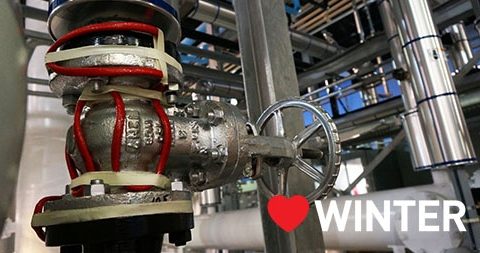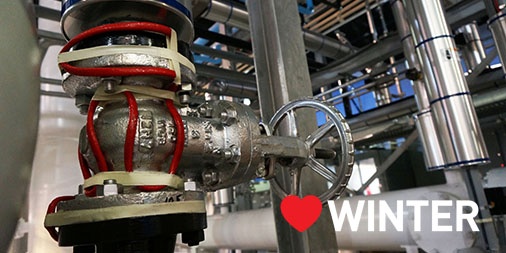Installing anything into irregularly shaped devices is often more than a one-size-fits-all installation. There typically are many factors to consider when doing the installation. This is no different with heat tracing cables. Depending on what type of pipe or device you are trying to conform to optimal cable usage, a specific layout is typically required to ensure the heat tracing technology works properly. Below are five examples of irregular pipe shapes and how to install self-regulating or power limiting heat tracing cables into each.
1. Valves
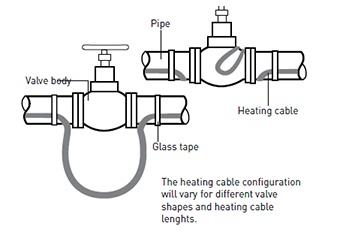
Refer to the design specifications of the cable type to determine the length of additional cable that is needed.
Fix the heat tracing cable on the pipe with self-adhesive glass cloth tape. Always make sure that your installation is thermally insulated and weatherproofed according to the requirements of your particular application.
2. Elbow
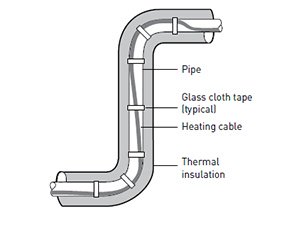 The heating cable should be placed along the outside (long) radius of the elbow.
The heating cable should be placed along the outside (long) radius of the elbow.
Fix the heat tracing cable on the pipe with self-adhesive glass cloth tape. Always make sure that your installation is thermally insulated and weatherproofed according to the requirements of your particular application.
3. Flange
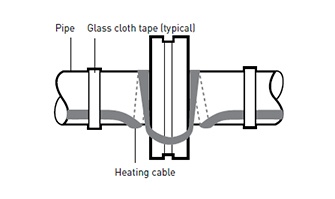
The length of additional cable needed is typically 2-3 times the diameter of the pipe.
Fix the heat tracing cable on the pipe with self-adhesive glass cloth tape. Always make sure that your installation is thermally insulated and weatherproofed according to the requirements of your particular application.
4. Pipe Bar Hanger
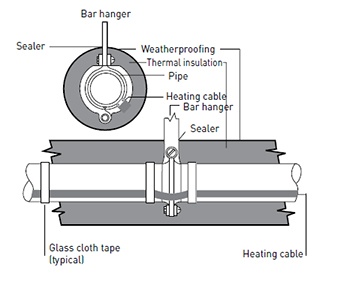
Do not clamp the heating cable with the support, but place the heating cable over the support. No additional heating cable is needed for bar or rod type hangers, unless mentioned in the design specification.
Fix the heat tracing cable on the pipe with self-adhesive glass cloth tape. Always make sure that your installation is thermally insulated and weatherproofed according to the requirements of your particular application.
5. Pipe Support Shoe
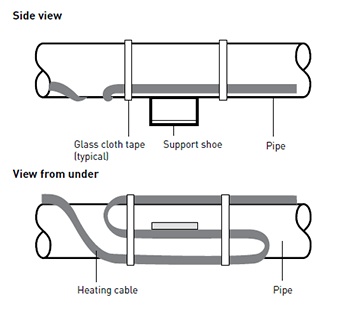
Refer to the design specifications of the cable type to determine the length of additional cable that is needed.
Fix the heat tracing cable on the pipe with self-adhesive glass cloth tape. Always make sure that your installation is thermally insulated and weatherproofed according to the requirements of your particular application.
Learn more about proper heat tracing cable installation techniques.

